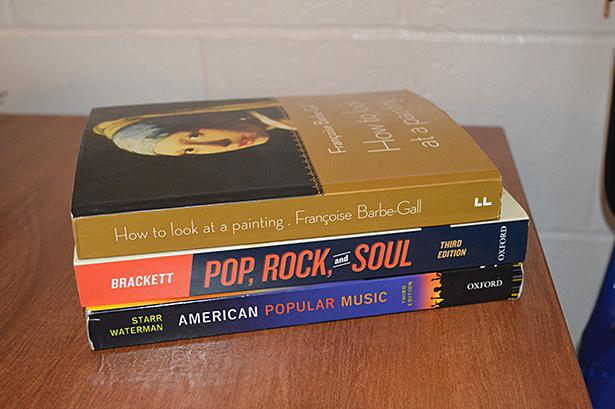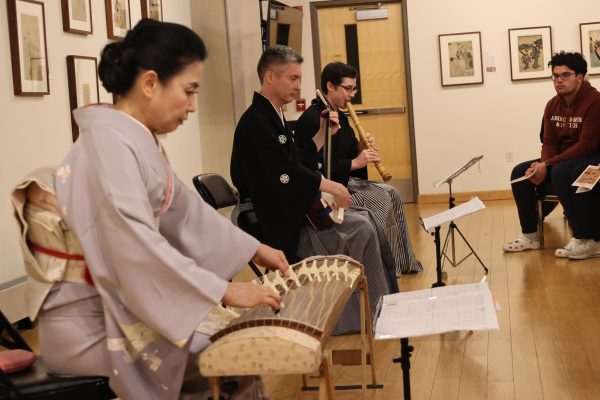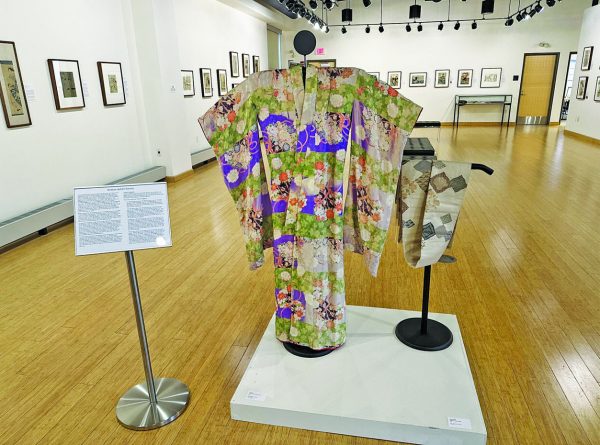Fine Arts Adds Core Classes
September 16, 2015
University officials plan to add more fine arts classes into the core curriculum to help students to integrate the arts with their fields of study.
The fine arts department plans to add to the curriculum with courses like Art and Disability for students who do not want to have to choose between strict major requirements and their interests in the arts.
“My goal is to try to make [the university] a good resource for students who want to be actively involved in the performance of music,” said Dr. Ryan Weber, professor in the fine arts department.
Students have found incorporating arts courses to be difficult due to reasons such as financial aid, scheduling conflicts, or not having the time or flexibility in a certain program, among others.
The department will change existing core offerings, beginning with the addition of classes. Weber said “Music and Culture,” will “deal with all aspects of music, not just performance, but dealing with deeper issues like social justice, health and wellness.”
The new classes will be beneficial to all students, especially in the Health Sciences who want to incorporate both science and art into their careers but were unable to do so in the past due to the strict core.
The university used to offer majors and minors in music and has brought back some art concentrations, but only as minors. There are currently three minors: studio art, art history, and music and culture. During the spring semester, the university will be placing an “Art and Disability” class into the master schedule. It will become a requirement for incoming social work majors or minors but will count as a core class as well.
The university did have a music program at one point, but now students who want to be involved with music programs can look into including the Pep Band and Beyond Harmony, which is an a capella group. All of these activities are student-driven, meaning that they are run by students and overseen by an advisor. The fine arts department and advisors help the students and provide transportation, funding, sheet music, and any needed advice.
The school also had a choir, but the university was having difficulty keeping the program running.
“We have a student choir and choral [group]. We have that on the books, but we can’t find an instructor for that who’s willing to drive here. There’s nobody really locally, so that’s really a problem,” said Dr. Elisa Korb, fine arts chair.
Students can select a minor in music, which requires 18 credits of fine arts courses. Students can expect to see a few new classes on the master schedule by spring 2016 even though additions to the curriculum are difficult and the university also has to keep up with the constantly changing federal requirements to maintain classes.
“Part of the problem is that we’ve had issues as to where you can apply your financial aid,” said Weber.
Weber remains hopeful that the new classes will help students become more well-rounded and enable them to be involved with the arts throughout their college careers.
“Now any student who wants to can study the arts alongside their chosen field in a way that’s compatible and actually integrates [the arts]. This is something that we could actually use in all of our fields,” said Weber.
Weber said art and music therapy are prominent techniques in fields like physical and occupational therapy. Music can help patients express how they feel about an issue or topic, and that may contribute to their treatment.
“What we want to show is that collateral learning, what you will learn across the disciplines, will help you no matter what you do,” said Weber.
The classes could offer some insight to those in the health sciences and other majors. They will help students to understand people of all different backgrounds.
Additionally, university faculty are working to create a major and minor in “medical humanities” to further solidify the link between arts and medical sciences.
The major and minor would combine the specialties and educational backgrounds of professors in various departments and field of study. Faculty are still working to finalize approval.
Students who are interested in a music program on campus, whether it be in a choral group, Beyond Harmony, the Pep Band, or even private study are encouraged to contact Dr. Weber at [email protected]







